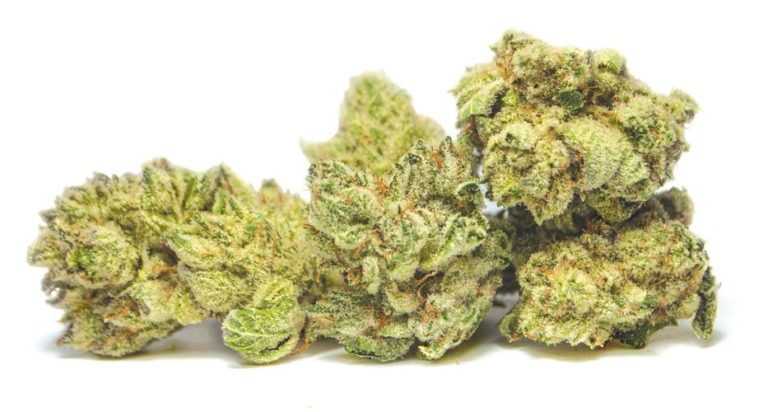

This can be minimized with the use of clamps or heavy objects, but there will be excess glue that foams and bubbles from the ends of your joins. Polyurethane glue expands as it cures, which can be good or bad for particular tasks. Mechanical removal with tools like knives and sandpaper are another option, but using a solvent, like acetone, will make using tools to remove it much easier. Unlike PVA glue, a competing glue type, Gorilla Glue requires solvents to remove. Like most polyurethane glues, it will require some degree of moisture to cure correctly. It’s useful for a variety of jobs because it will work on moist and oily surfaces.

Gorilla Glue is a polyurethane glue, known to create very strong bonds between hard objects, such as wood and glass. It’s safe to use and is versatile enough for a wide range of projects. Gorilla Glue is one of the strongest polyurethane-based adhesives available. What Is Gorilla Glue and What’s It Used For? In this article, I’ll be covering all of the materials that Gorilla Glue has good bonding strength with so that you can make the best possible decision as to whether it’s appropriate for your Gorilla Glue tends to foam during the curing process, but once dried, the glue will form a solid and secure bond. It provides optimal bonding strength when used on wood, and offers substantial durability to other materials as well. Gorilla Glue works on plastic, metal, glass, wood, and ceramic. So, what materials does Gorilla Glue bond well with? The main thing people want to know about glue brands is what materials they work best with, so they can choose a suitable glue for their project or repair job. There are many well-known brands of glue that are trusted by people worldwide, and one of these brands is Gorilla Glue.


 0 kommentar(er)
0 kommentar(er)
